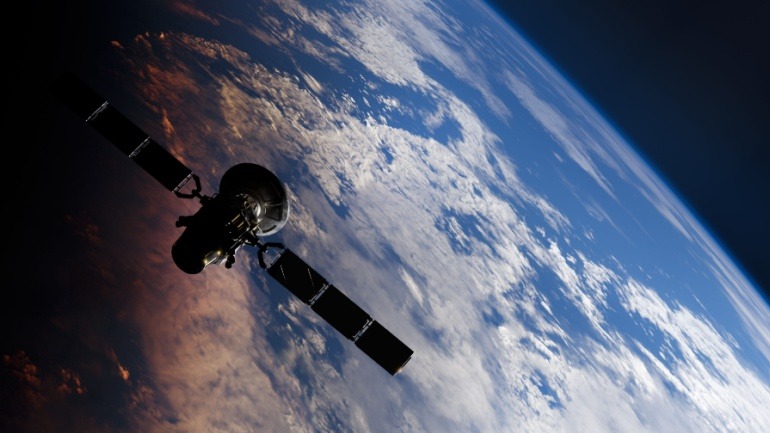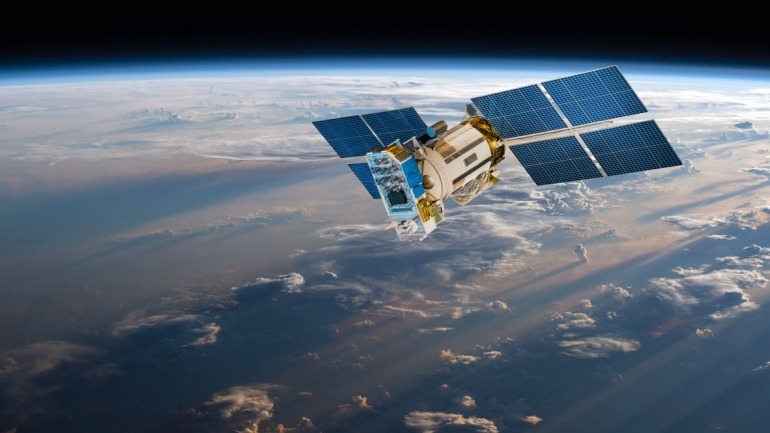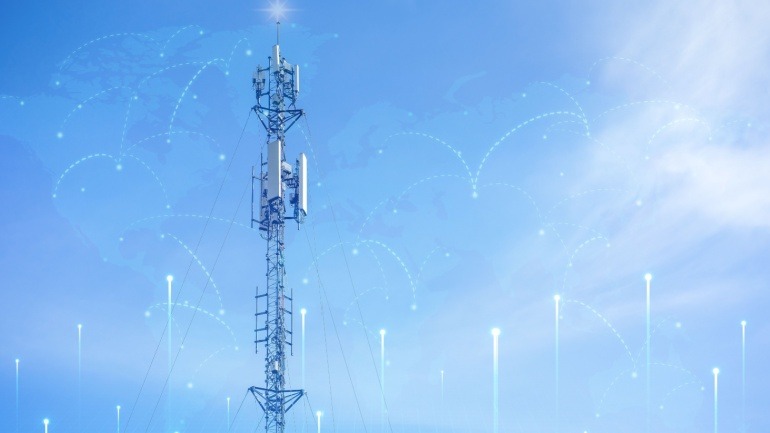India’s telecom operators must report all Chinese-made equipment still active in their networks, as part of a security review targeting firms like Huawei and ZTE. The move aims to limit future reliance on untrusted vendors while allowing existing systems to operate under strict oversight amid rising geopolitical and trade tensions with China.
A group of major European telecoms, including Vodafone and Orange, urges urgent EU, UK, and NATO action to protect subsea cables amid rising hybrid threats. Citing recent incidents and geopolitical tensions, the coalition supports enhanced cross-border collaboration and the EU’s Cable Security Action Plan to safeguard Europe’s connectivity.
The UK’s major mobile operators are challenging Ofcom’s proposed changes to spectrum annual license fees. Despite a proposed 21% reduction in fees for the 900MHz and 1800MHz spectrums, and a 12% increase for the 2100MHz band, operators argue the fees are still too high.
Vodafone Business’s recent report highlights the dire impact of cybersecurity lapses on UK SMEs, with a staggering £3.4 billion lost annually due to cybercrime. SMEs are struggling against evolving cyber threats such as phishing and ransomware, particularly with constrained budgets. Vodafone emphasizes the importance of enhancing cybersecurity measures to mitigate these risks.
Project Kuiper by Amazon is poised to revolutionize the broadband landscape with its Low Earth Orbit (LEO) satellite launch, directly challenging Starlink. With over 3,200 satellites and telecom partnerships, Kuiper promises high-speed, low-latency internet worldwide. This development is a significant contender in the growing LEO broadband market.
CelcomDigi and PayNet have partnered to enhance financial security through SIM-based authentication. By leveraging open network APIs, PayNet secures its DuitNow P2P service, ensuring safer transactions. This collaboration also strengthens fraud prevention via Malaysia’s National Scam Response Centre.
Verizon and AT&T have achieved a breakthrough in satellite connectivity, completing NTN video calls via AST SpaceMobile’s Bluebird LEO satellites. This innovation enhances communication in remote areas, with AST SpaceMobile promising 120 Mbps speeds.
The UK space sector sees intense competition as Amazon’s Project Kuiper lands a significant £670,000 contract with the Ministry of Defence. This strategic move explores using “translator” satellites for seamless communication across military, governmental, and private networks.
KDDI has joined the Aduna API joint venture, reinforcing its commitment to open network innovation. Partnering with telecom giants like Vodafone and AT&T, Aduna fosters cross-industry collaboration.
Indus Towers has expanded its portfolio by adding over 16,000 towers through agreements with Bharti Airtel and Bharti Hexacom. This acquisition strengthens Indus Towers’ position in India’s telecom sector













